Deprescribing Assessment Tool
This tool helps you review medications you or a loved one is taking to identify potentially unnecessary or harmful drugs based on evidence-based guidelines like the Beers Criteria. Remember: Never stop medications without consulting your doctor first.
Important: This is an informational tool only. Always consult your healthcare provider before making changes to any medications.
Your Medications
Enter medications you're currently taking. Click "Add Medication" to add more.
Why This Matters
About 40% of people over 65 take five or more medications daily. At that level, the risk of dangerous interactions, falls, confusion, and hospitalizations climbs sharply.
A 2023 review found deprescribing interventions reduced the average number of medications per patient by about one. That's not just cost savings—it's fewer ER visits, fewer broken hips, clearer minds.
Common Medications to Review
This tool uses evidence-based guidelines to identify medications that might be candidates for deprescribing.
Every year, millions of older adults take more medications than they need. Some were prescribed years ago for a condition that’s now resolved. Others were added to manage side effects from other drugs. Many are preventive meds-like statins or blood thinners-that may no longer match the patient’s current health goals. This isn’t negligence. It’s the natural result of fragmented care, time pressure, and the assumption that more drugs equal better protection. But what happens when we start taking them away?
What Deprescribing Really Means
Deprescribing isn’t just stopping pills. It’s a careful, planned process of reviewing each medication to ask: Is this still helping, or is it now doing more harm than good? According to the American Geriatrics Society, it’s the “planned and supervised process of dose reduction or stopping of medication that might be causing harm, or no longer be of benefit.” The goal isn’t to eliminate all drugs-it’s to align treatment with what matters most to the patient: safety, comfort, and quality of life.This approach is especially critical for older adults. About 40% of people over 65 in the U.S. take five or more medications daily. One in five take ten or more. At that level, the risk of dangerous interactions, falls, confusion, and hospitalizations climbs sharply. A 2023 review in JAMA Network Open found that deprescribing interventions reduced the average number of medications per patient by about one. That might sound small-but when scaled across a clinic with 2,000 patients, that’s over 140 unnecessary drugs removed in a single practice. That’s not just cost savings. It’s fewer trips to the ER, fewer broken hips, clearer minds.
The Five Steps of Safe Deprescribing
You can’t just quit a pill cold turkey. That’s dangerous. Deprescribing follows a structured five-step method, used by clinicians who specialize in geriatric care:- Identify potentially inappropriate medications. This includes drugs flagged by guidelines like the Beers Criteria-such as long-term benzodiazepines, anticholinergics, or proton pump inhibitors used beyond six months without indication.
- Determine if it can be reduced or stopped. Not all meds are equal. A blood pressure pill might be essential. A daily aspirin for primary prevention in someone with no heart disease? Probably not.
- Plan a taper. Some drugs, like antidepressants or steroids, need to be lowered slowly to avoid withdrawal symptoms. Others, like sleep aids, can be stopped more quickly with monitoring.
- Monitor closely. After stopping a drug, patients are checked for returning symptoms, new side effects, or unexpected improvements. Did their dizziness go away after stopping an antihistamine? Did their appetite improve after ditching a muscle relaxant?
- Document everything. What was stopped? When? What happened? This record helps future providers avoid repeating mistakes.
This process mirrors how new drugs are prescribed-with equal attention to risks, benefits, and patient goals. Yet too often, deprescribing is treated like an afterthought. Patients rarely bring it up. Doctors rarely initiate it. A 2019 study from the American Academy of Family Physicians found that most older adults would welcome fewer pills-if only their doctor started the conversation.
What the Research Shows: Benefits and Gaps
The evidence on deprescribing outcomes is growing, but it’s not perfect. A major 2023 meta-analysis confirmed that deprescribing consistently reduces the number of medications taken. It also showed a modest but meaningful drop in hospital admissions and falls among older adults. Some studies reported improved mental clarity, better sleep, and even higher energy levels after removing unnecessary drugs.But here’s the catch: most trials only tracked medication counts-not long-term clinical outcomes like death, dementia progression, or functional decline. That’s a big blind spot. In 2021, Dr. Dan Gnjidic, a leading researcher in Australia, pointed out that we’ve proven we can stop drugs safely. But we still don’t have enough data to say whether those reductions translate into fewer deaths or longer independent living.
Some early studies, like one from the Canadian Journal of Hospital Pharmacy in 2013, found no difference in hospitalization or mortality rates after deprescribing. But those researchers warned the trials were too short and too small to detect real-world benefits. Think of it like this: a single person quitting a statin might not have a heart attack tomorrow. But if 10,000 people stop taking statins they don’t need, you’ll eventually see fewer liver problems, fewer muscle injuries, and fewer unnecessary doctor visits.
What we do know for sure: stopping the wrong drugs improves daily life. One 82-year-old woman in Sydney stopped her daily antipsychotic for “agitation” after her dementia had stabilized. Within two weeks, she was smiling again, eating meals with her family, and no longer needed sedation. Her daughter said, “We didn’t know she was still in there.” That’s not a statistic. That’s a person.
When Deprescribing Is Most Needed
Not everyone should stop taking meds. But there are clear situations where deprescribing is strongly recommended:- Patients with advanced dementia who are on antipsychotics or sedatives for behavioral symptoms-these often cause more harm than good.
- People nearing end-of-life who are still on cholesterol-lowering drugs or osteoporosis medications with no short-term benefit.
- Those taking multiple drugs that affect the brain-like painkillers, sleep aids, and antidepressants-which together increase fall risk by up to 50%.
- Patients who’ve had a new fall, confusion, or unexplained fatigue, especially if it started after a new prescription.
- Those on preventive medications (like aspirin or statins) without clear evidence of benefit based on current health status.
It’s also crucial during care transitions. Many older adults are discharged from hospital with new prescriptions, often from different specialists. But hospitals aren’t set up to review long-term medication needs. A patient might leave with 12 new pills-none of which were discussed with their primary doctor. That’s why collaboration between hospital teams and community pharmacists is now part of best practice guidelines.
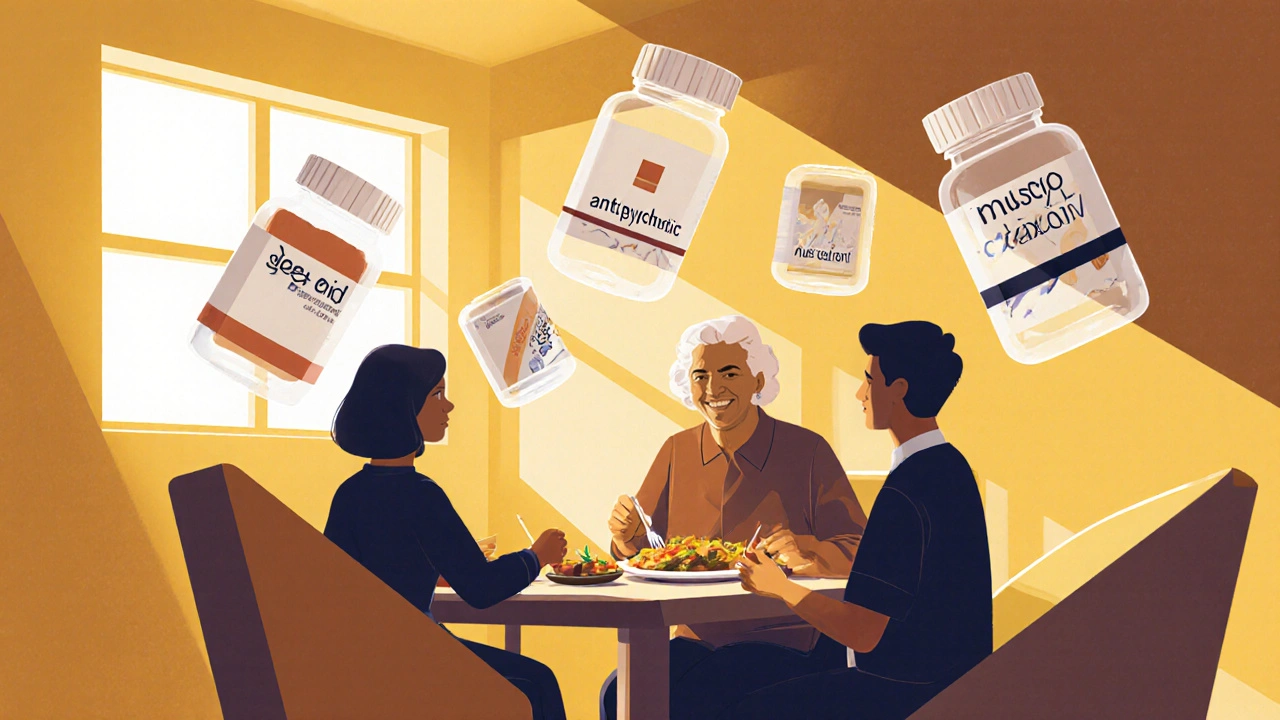
How Patients and Families Can Help
Patients don’t need to be experts-but they do need to be involved. Here’s what you can do:- Bring a full list of every medication, supplement, and over-the-counter pill to every appointment-including what you’re actually taking versus what’s on paper.
- Ask: “Is this still necessary? What happens if I stop it?”
- Don’t be afraid to say: “I’d like to try going off this if it’s safe.”
- Track changes after stopping a drug: Did your energy improve? Did the dizziness stop? Did you sleep better?
- Use resources like deprescribing.org, which offers free, evidence-based guides for patients and families.
One man in his late 70s, after his wife died, was taking 14 medications. He didn’t know why most of them were prescribed. When his GP reviewed them with him, they stopped five-including a daily antidepressant he hadn’t needed in three years. Within a month, he said, “I feel like myself again.” He started walking again. He joined a local men’s group. That’s the power of asking the right question.
The Future of Deprescribing
The field is evolving fast. Researchers are now building digital tools to help doctors spot high-risk meds during electronic health record visits. Pilot programs in the U.S. showed a 15% drop in inappropriate prescriptions when these tools were used. In Australia, teams are testing genetic tests to predict who’s more likely to have bad reactions to certain drugs-like benzodiazepines or opioids-before they’re even prescribed.But the biggest barrier isn’t science. It’s culture. We’re trained to add, not remove. We’re rewarded for prescribing, not pausing. We fear missing something, so we keep adding. But medicine isn’t about doing more. It’s about doing what matters.
As the population ages, and more people live with multiple chronic conditions, deprescribing won’t be optional. It’ll be essential. The goal isn’t to live longer on a pile of pills. It’s to live better-with fewer side effects, fewer hospital stays, and more time doing what you love.
Is deprescribing safe for older adults?
Yes, when done properly. Research shows that stopping unnecessary medications under medical supervision is generally safe and often improves quality of life. Withdrawal symptoms can occur with some drugs, like antidepressants or benzodiazepines, which is why tapering and monitoring are essential. Most studies report no increase in hospitalizations or deaths after deprescribing, and many show fewer falls and less confusion.
Can I stop my medication on my own?
No. Stopping certain drugs suddenly-especially blood pressure meds, antidepressants, steroids, or seizure medications-can cause serious harm, including rebound high blood pressure, seizures, or severe anxiety. Always talk to your doctor or pharmacist before making any changes. They can help you create a safe plan.
How do I know if I’m taking too many medications?
You may be taking too many if you’re on five or more daily medications, have recently had a fall, feel confused or drowsy, or are taking drugs to treat side effects from other pills. If your medications were started by different doctors over years, or if you’re not sure why you’re taking some of them, it’s time for a full review. Bring your list to your GP and ask for a deprescribing assessment.
Does deprescribing mean giving up on treatment?
No. It’s the opposite. Deprescribing is about focusing on what actually helps you now. It’s removing clutter so the right treatments can work better. For someone with advanced dementia, stopping antipsychotics isn’t giving up-it’s choosing comfort over sedation. For someone with no heart disease, stopping a daily aspirin isn’t neglect-it’s avoiding bleeding risks with no benefit.
Are there tools to help with deprescribing?
Yes. The Beers Criteria, developed by the American Geriatrics Society, lists medications to avoid or use cautiously in older adults. The Canadian Deprescribing Guidelines and deprescribing.org offer free, evidence-based tools for patients and clinicians. Some electronic health systems now include automated alerts to flag high-risk prescriptions. These tools help make deprescribing easier and more consistent across care settings.

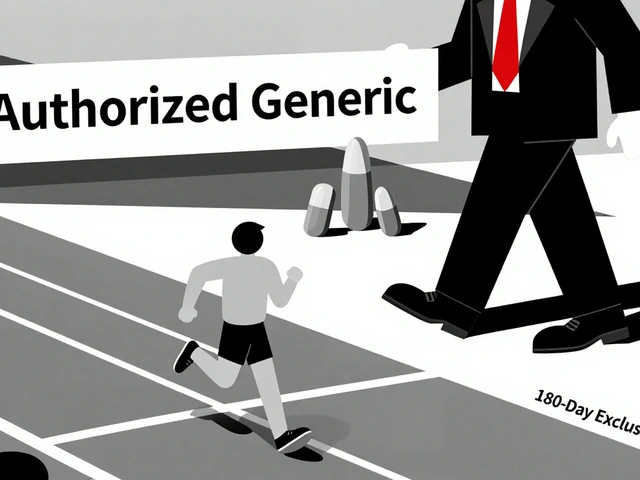

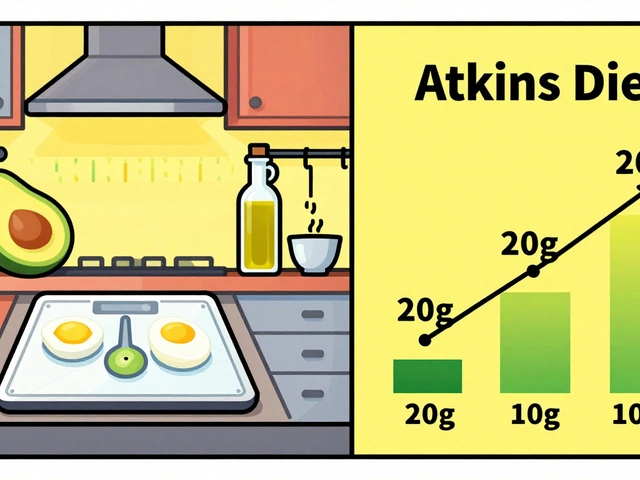
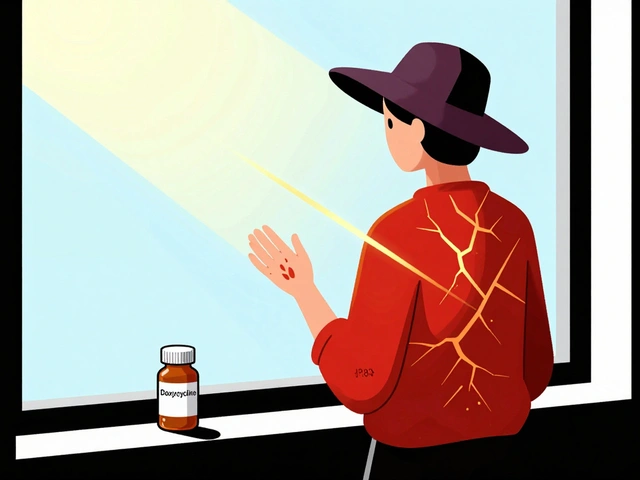
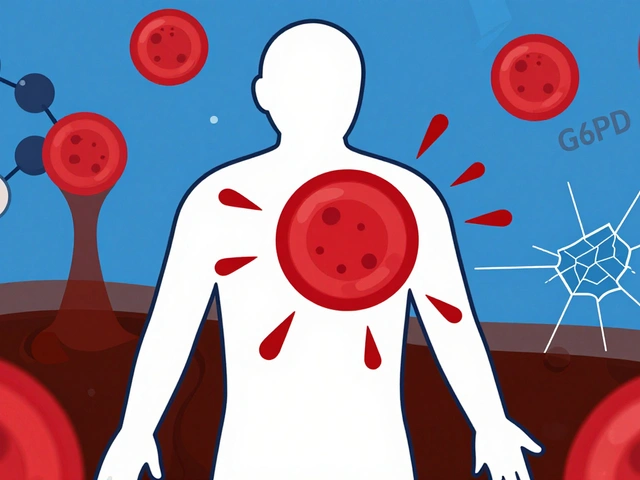
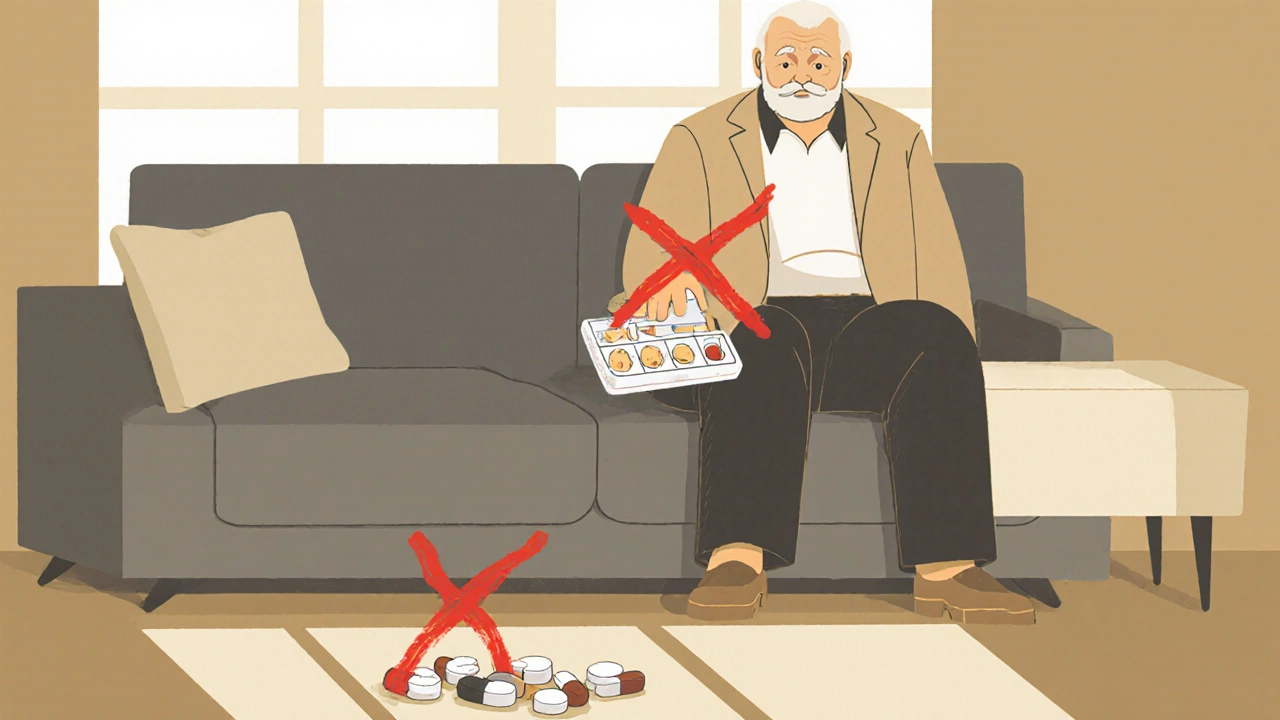
Write a comment